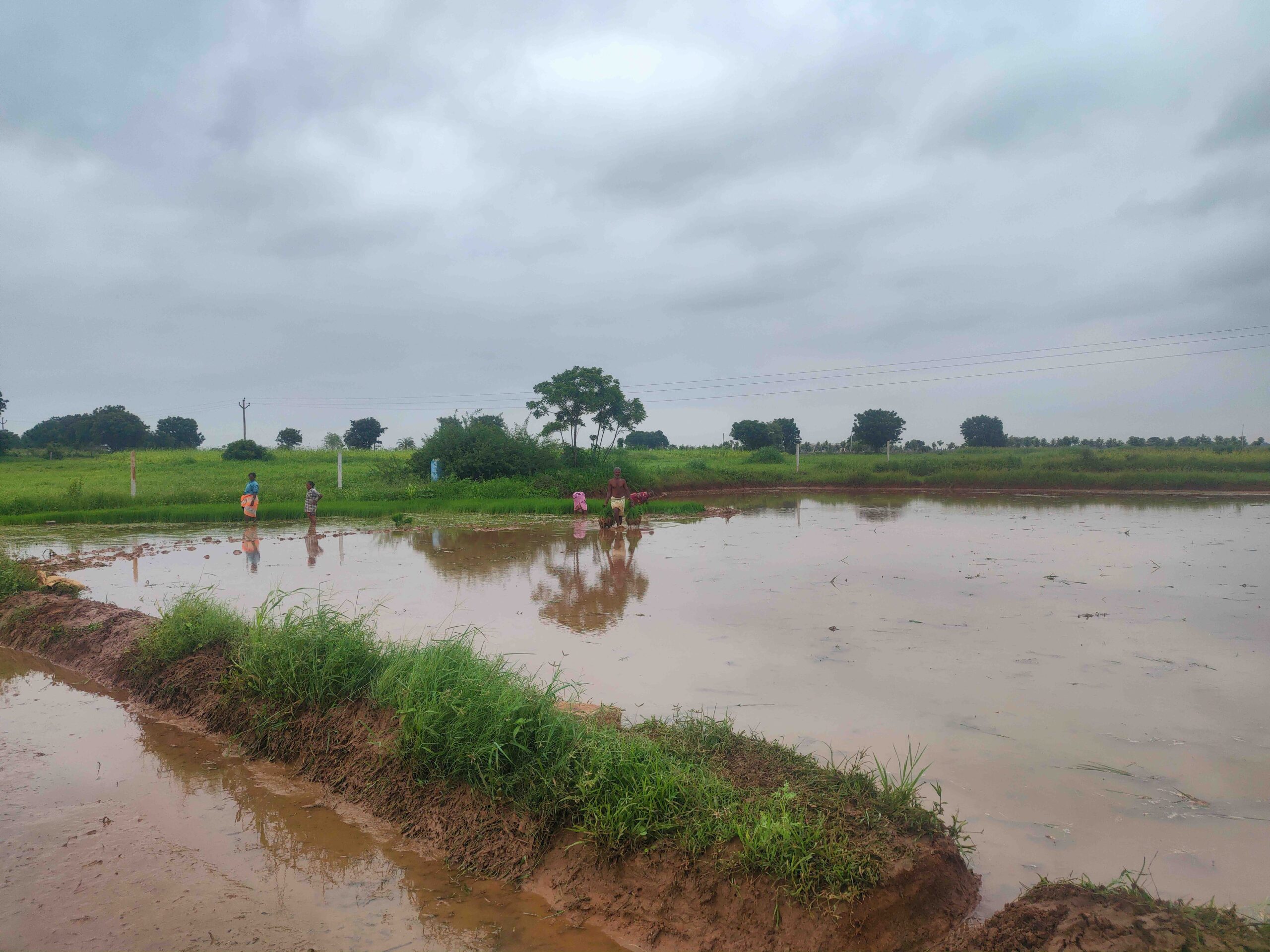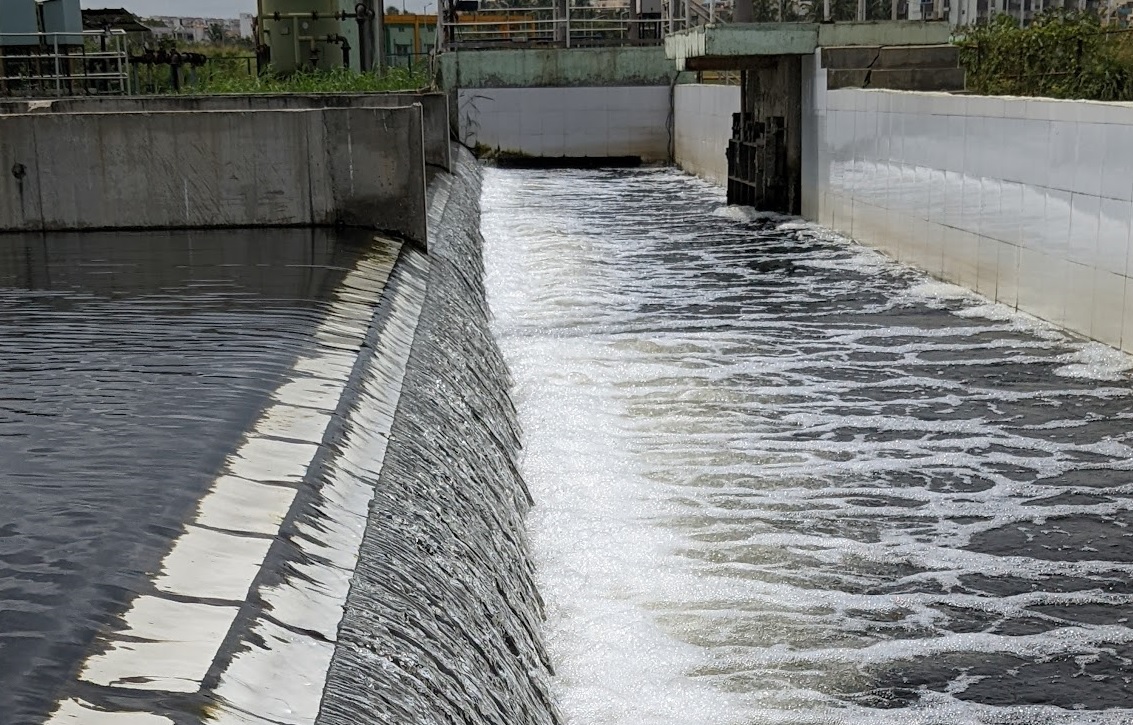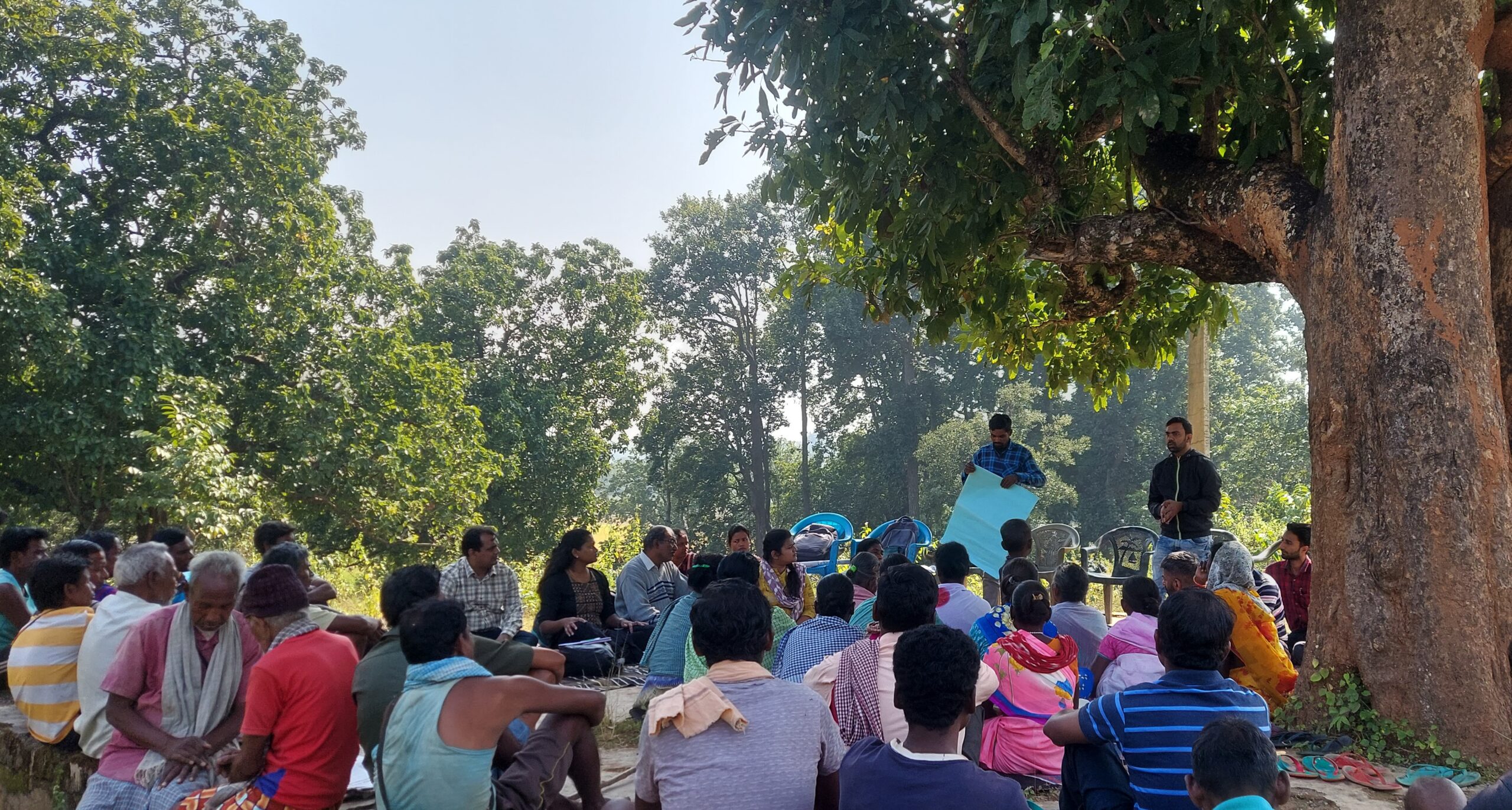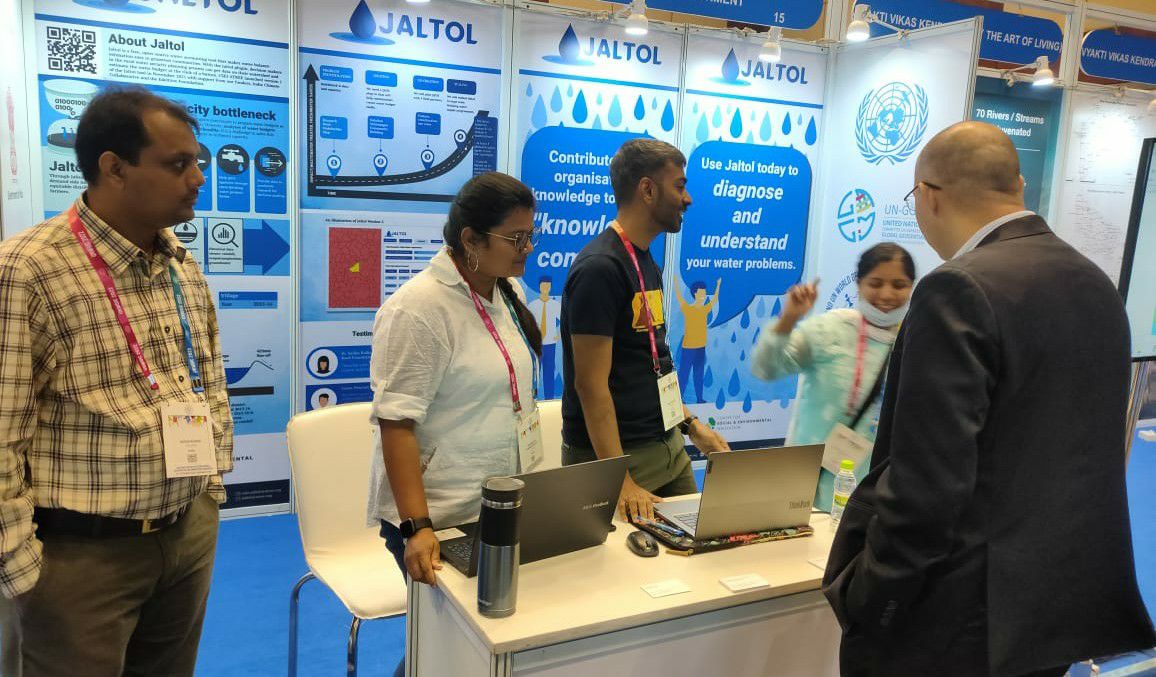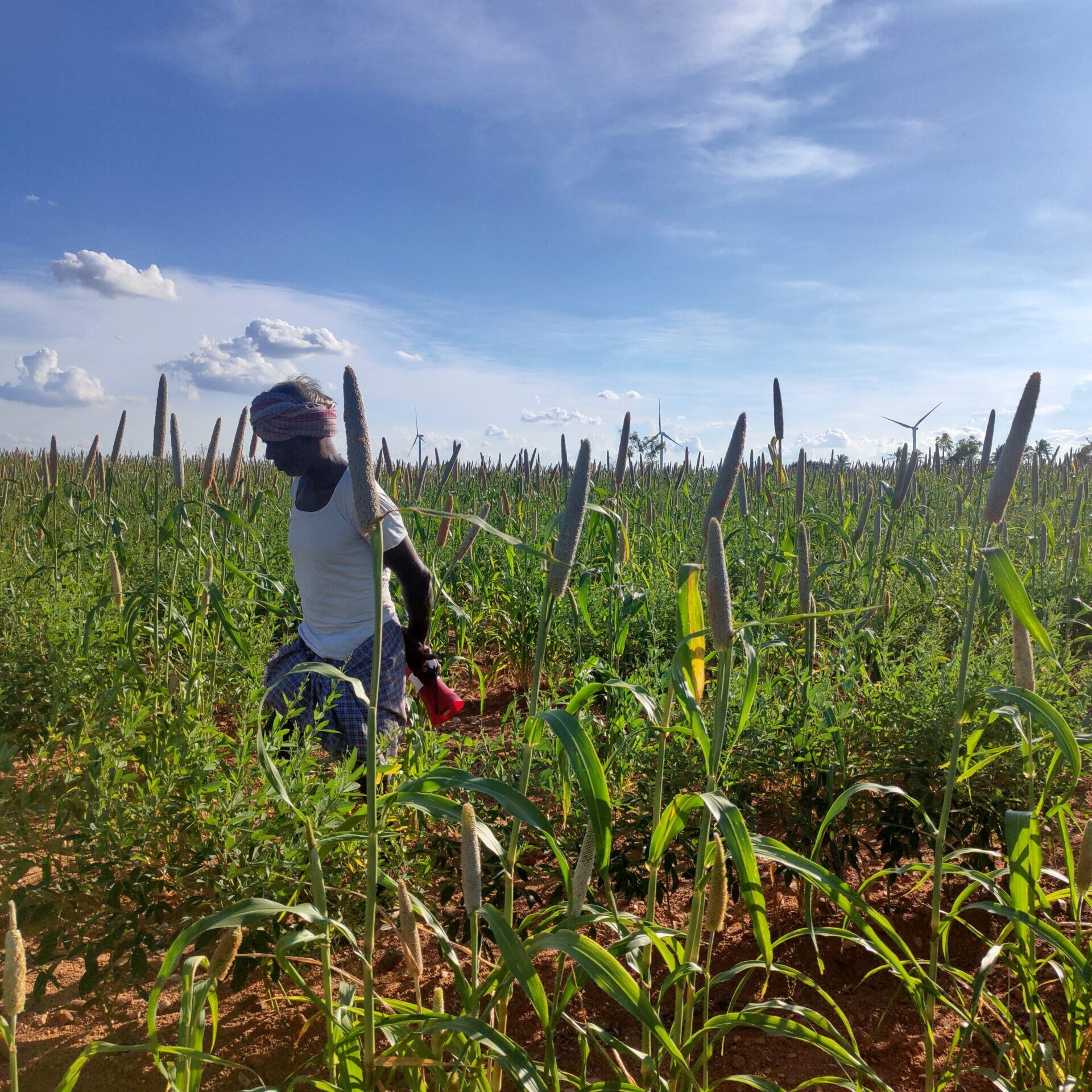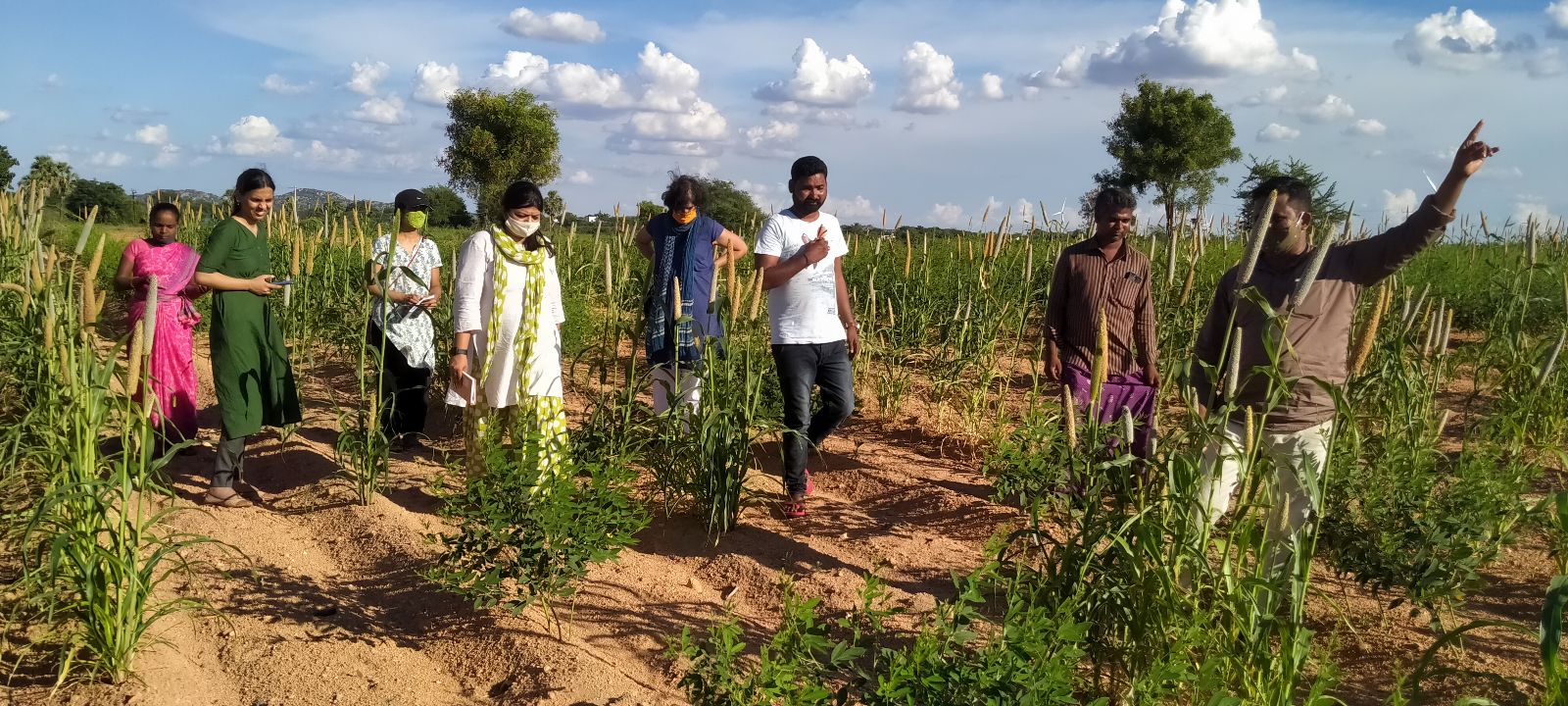Farmer Responses to Solar Irrigation in India: Agent-Based Modelling to Understand Sustainable Transitions
Solar irrigation is being promoted in India to address the twin problems of irrigation access and groundwater overexploitation. However, the potential impacts of this step are not fully understood.
A majority of the farmers in India depend on rainfall for their livelihoods because they lack access to irrigation. They are completely dependent on the rains, making them more vulnerable to climate variability. They also only get a single crop during the monsoon; their land is unproductive for most of the year. There is a looming crisis of rapid depletion of groundwater threatening farmers who access wells to irrigate their land.
Solar irrigation has the potential to address both these problems.
Firstly, it increases access to irrigation by providing energy to farmers who are not connected to the grid or use expensive diesel pump sets. Secondly, it also works to curb groundwater abstraction through net metering, where farmers can draw the groundwater, they need to irrigate and sell the excess electricity back to the grid and earn money through feed-in tariffs (FiTs). However, the net impact on groundwater is unpredictable because it depends on farmers’ crop choices.
There have been some empirical studies on the impacts of solar irrigation, but the results are applicable only to the specific pilots. Often the conditions – biophysical, socioeconomic and policy incentives – under which pilots are conducted are not replicable. There was also an expressed need from policymakers for ‘what if’ analyses that might predict what might happen under different conditions.
To address this, we applied an agent-based modelling (ABM) approach to understand farmer choices and transitions before and after solar irrigation in six districts. Read our full report and policy brief to understand our methodology and key findings.
Fill these details to access the publication
Fill these details to access the publication
Acknowledgements
The authors conducted this work when they were with the Ashoka Trust for Research in Ecology and the Environment (ATREE). WELL Labs is taking it forward in collaboration with ATREE. Dr. Veena Srinivasan is the Executive Director and Anjali Neelakantan is the Managing Partner of the Products and Platforms initiative at WELL Labs
We would like to thank the International Water Management Institute (IWMI) for funding this research project and providing contextual feedback for developing this framework. Apart from IWMI, Rohini Nilekani Philanthropies (RNP) co-funded this project; we are grateful for their support.
Technical Support: The Centre for Study of Science, Technology and Policy (CSTEP)
Paid Peer Review: Mr. Thirumalai NC, CSTEP; Mr. Anas Rahman, Policy Advisor – Energy, Indian Institute for Sustainable Development and Dr. Sudatta Ray, Assistant Professor, National University of Singapore.
Cover Photo: Prashanth Vishwanathan (IWMI)
Technical Inputs: Ashish Sinha and Surabhi Singh
Visualisation: Aparna Nambiar
Editorial Review: Kaavya Kumar
Follow us for more insights on land and water sustainability:

